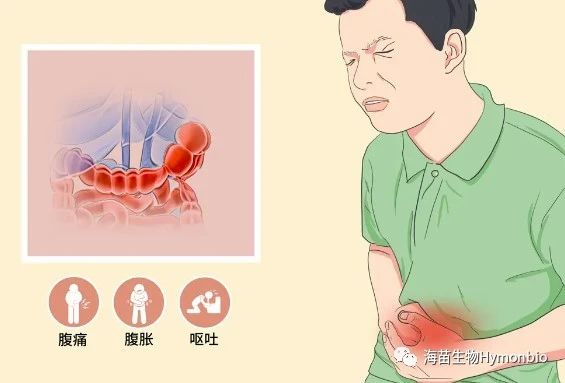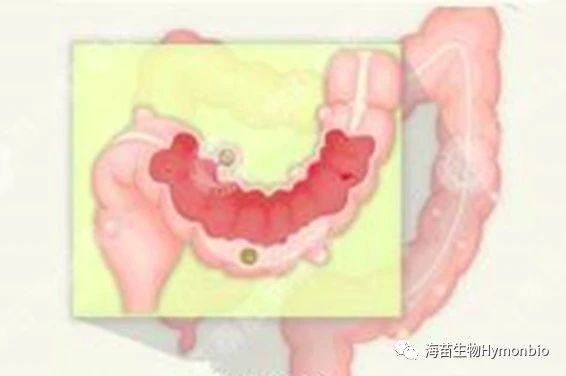Cancer morbidity has been steadily increasing. While it does not occur overnight, by the time patients are diagnosed, 83% are at intermediate to advanced stages of cancer. In general, symptoms at the early stage are not conspicuous, but by the time they are discovered during a hospital examination, they have entered the next stages. This article will walk you through symptoms and manifestations of late-stage colorectal cancer.
Symptoms of Advanced Stage Colorectal Cancer
Once at the late stages of cancer, some symptoms are not as obvious as others, and some are located in areas where they do not seem to be associated to colorectal cancer.
1. The right side of the colon is mostly develops dyspepsia, fatigue, loss of appetite, diarrhea, constipation or alternating between constipation and diarrhea, abdominal distension, abdominal pain, abdominal tenderness, abdominal mass, and/or progressive anemia. Location of the mass depends on where the lesion is: cecal cancer is located in the right lower quadrant of the abdomen; colonic mass is in the right abdomen; colonic hepatic flexion is in the right upper quadrant; and transverse colonic mass is near the umbilicus. When the lesion enters the most advanced stage, there may be fever, weight loss, and complications such as perforation and localized abscess.
2. Because of the small size of the sigmoid colon and the sharp angle with the rectum, the left colon cancer is prone to stenosis and progressive intestinal obstruction. Most of them are supplemented with stubborn constipation and increased defecation frequency. Since obstruction is mostly in the lower sigmoid colon, vomiting is mild or absent, whereas abdominal distension, abdominal pain, and bowel sounds are obvious. Once the cancer ruptures, stool can be stained with blood or mucus. Obstruction of the proximal bowel can cause ulceration due to persistent swelling, ischemia, hypoxia, and even perforation, and can also cause massive bleeding and abdominal abscess.
3. Main manifestations of rectal cancer include intestinal obstruction, increased stool frequency, thinner stool, blood or mucus, and tenesmus. Because the cancer can invade the sacral plexus, severe pain may occur. If the bladder is involved, symptoms such as frequent urination, dysuria, urgent urination, and blood in the urine may occur. If the cancer invades the bladder it can form a bladder-rectal fistula.
4. Anal cancer is mostly manifested as bloody stool and pain, which increases during defecation. When it invades the anal sphincter, there may be fecal incontinence. Anal cancer can metastasize to the inguinal lymph nodes, and swollen, hard lymph nodes can be felt in the groin.
HymonBio adopts the innovative ECS high-efficiency magnetic bead extraction technology and nanobody molecular lock technology, which greatly improves detection sensitivity and specificity. It uses a non-invasive blood test, allowing for easier sampling, and effectively decreases the public’s fear of possible colonoscopy and time wasted, while also increasing screening compliance.
Post time: Nov-21-2022




